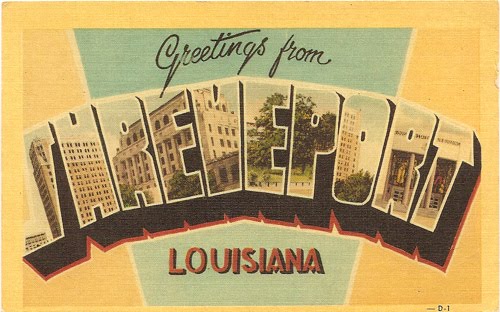EDDIE AND SUGAR LOU’S HOTEL TYLER ORCHESTRA - K.W.K.H. Blues (Vocalion, 1930)
In October 1929, Eddie and Sugar Lou’s Hotel Tyler Orchestra recorded “K.W.K.H. Blues,” a song referencing Shreveport’s radio station. During this time period, KWKH aired anti-chain store rants, manipulated its signal to reach much of the United States, offended sensitive listeners with profanity, and aggravated radio commissioners. The station also found time to broadcast music.
Eddie and Sugar Lou’s Hotel Tyler Orchestra hailed from a city located 90 miles west of Shreveport -- Tyler, Texas. Researchers have cobbled together parts of this itinerant band’s history, but details remain somewhat fragmented. As such, it’s only appropriate that the following newspaper article is mangled. It announces their dance at the Odd Fellows Hall in Shreveport on October 27, 1930.
Here are a few pieces I can offer the Eddie and Sugar Lou puzzle…
 |
| "Mighty potent dance music that will put your feet into actin' up mean." (Chicago Defender [Chicago, IL], March 1, 1930.) |
.jpg) |
| Compare with record label scan above and play "spot the miniscule pressing difference"! |
Recommended Online Resources:
“Eddie And Sugar Lou's Hotel Tyler Orchestra.” Red Hot Jazz Archive. http://www.redhotjazz.com/hoteltyler.html
Clifford J. Doerksen. Excerpt from “American Babel: Rogue Radio Broadcasters of the Jazz Age.” American Radio Works. http://americanradioworks.publicradio.org/features/radio/e1.html

.jpg)

.jpg)
.jpg)
.jpg)






















.jpg)